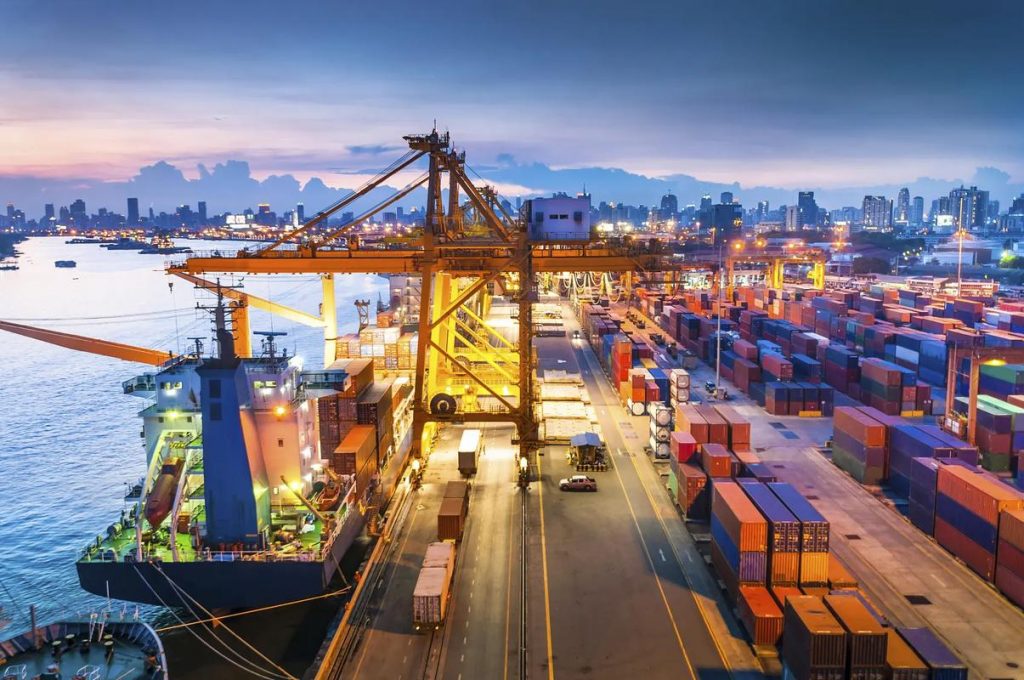
The China-Mexico trade corridor is no longer just a supplementary route—it’s a strategic powerhouse reshaping North American supply chains. With U.S. importers increasingly leveraging Mexico’s proximity and trade agreements like USMCA, businesses face both unprecedented opportunities and complex logistics hurdles. This article unpacks 2024’s critical developments, actionable strategies, and technology-driven solutions to optimize China-to-Mexico freight forwarding while avoiding costly pitfalls.
- 2024 Trends Reshaping China-Mexico Logistics
Shift Toward Regionalized Supply Chains
Post-pandemic, companies are prioritizing “nearshoring-lite” models. Mexico’s maquiladora program now accounts for 38% of U.S. imports from China, as manufacturers split production between Chinese R&D hubs and Mexican assembly plants. For logistics providers, this demands:
- Hybrid Shipping Solutions: Combine ocean freight for raw materials (China to Mexico) with short-haul trucking for final assembly.
- Bonded Warehousing: Utilize near-border facilities to streamline duty management under USMCA. Geopolitical Adjustments
- U.S. Policy Updates: Stricter CBP (Customs and Border Protection) enforcement of USMCA rules of origin, requiring 62.5% regional content for most goods.
- China-Mexico Trade Agreement: Mexico’s 2023 tariff exemptions on Chinese imports up to $11.7 billion (e.g., electronics, machinery) are set to expire in 2025—accelerating import volumes before deadlines.
- Precision in Ocean Freight: Avoiding Common Pitfalls
Route Optimization for Time Sensitivity
While the Shanghai-Lázaro Cárdenas route (22–25 days) remains popular, 2024 sees growing adoption of “slow steaming” to cut fuel costs by 15%, though at the expense of delivery timelines. Businesses must balance this with:
- Port Diversification: Avoid Veracruz delays by routing via Altamira (18-day transit) or Manzanillo (20 days).
- Real-Time Vessel Tracking: Partner with forwarders using AIS (Automatic Identification System) data to reroute around weather or port strikes. Freight Consolidation Strategies
- LCL Savings Calculator: For shipments under 15 CBM, LCL reduces costs by 40% versus FCL. Example: A 10 CBM shipment from Ningbo to Monterrey saves $2,800 monthly.
- Prepaid Freight Programs: Lock in rates during low-demand periods (e.g., Q2) to hedge against Q4 peak season surges.
- Air Freight Innovations: Balancing Speed and Cost
Emerging Cargo Hubs
- Guangzhou Baiyun to Mexico City: New direct cargo flights cut transit to 3.5 days, ideal for medical equipment or high-tech components.
- Bonded Air Cargo Zones: Use Mexico’s Santa Teresa Airport (Nuevo León) for duty-free storage and transshipment to the U.S. Midwest. Sustainability in Air Logistics
- Carbon Offset Programs: Airlines like FedEx and DHL now offer per-shipment carbon neutral options, aligning with Mexico’s 2030 emissions targets.
- Biofuels: Trials with sustainable aviation fuel (SAF) on Asia-US-Mexico routes show 30% lower emissions, though pricing remains 2x higher than conventional jet fuel.
- Mastering Compliance: 2024 Regulatory Updates
USMCA Compliance Deep Dive
- Value-Added Requirements: For products with split manufacturing (e.g., Chinese components assembled in Mexico), ensure documentation proves ≥62.5% regional value.
- Single Window System (VUE): Mexico’s mandatory electronic customs submission portal now requires 98% accuracy in HTS codes—errors trigger automatic audits. Anti-Dumping and Safeguard Duties
- Steel and Aluminum: China-origin goods face 25% tariffs unless re-exported through Mexico with a valid certificate of origin.
- E-Customs PreClearance: Submit documents 24 hours pre-shipment via ACE to avoid $5,000+ penalties for late filings.
- Technology-Driven Solutions for Resilient Logistics
AI-Powered Risk Mitigation
- Predictive Analytics: Tools like Flexport’s Control Tower forecast port congestion with 90% accuracy, enabling proactive rerouting.
- Dynamic Pricing Engines: Algorithms adjust freight rates in real-time based on fuel costs, currency fluctuations, and demand spikes. Blockchain for Transparency
- Smart Contracts: Automate duty payments and release shipments upon blockchain-verified customs approval, reducing processing time by 72 hours.
- Immutable Tracking: IBM’s TradeLens platform provides end-to-end visibility, from Shanghai warehouse to Mexico City recipient.
- Partnering with a Freight Forwarder: Key Criteria for 2024
When selecting a partner, prioritize: - USMCA Compliance Teams: In-house experts to audit documentation and manage RVC calculations.
- Localized Capacity: Local teams in Monterrey, Guadalajara, or Reynosa to expedite border crossings.
- Tech Integration: APIs connecting your ERP system with the forwarder’s TMS (Transportation Management System).
Conclusion
The China-Mexico trade corridor in 2024 demands agility, precision, and tech-savvy partners. By embracing innovations like AI-driven compliance tools, hybrid shipping models, and blockchain transparency, businesses can turn logistical complexity into a competitive edge.
Ready to Future-Proof Your Supply Chain?
Let our team design a China-Mexico strategy that aligns with your 2024 goals—maximizing efficiency while mitigating risks in an evolving trade landscape.






